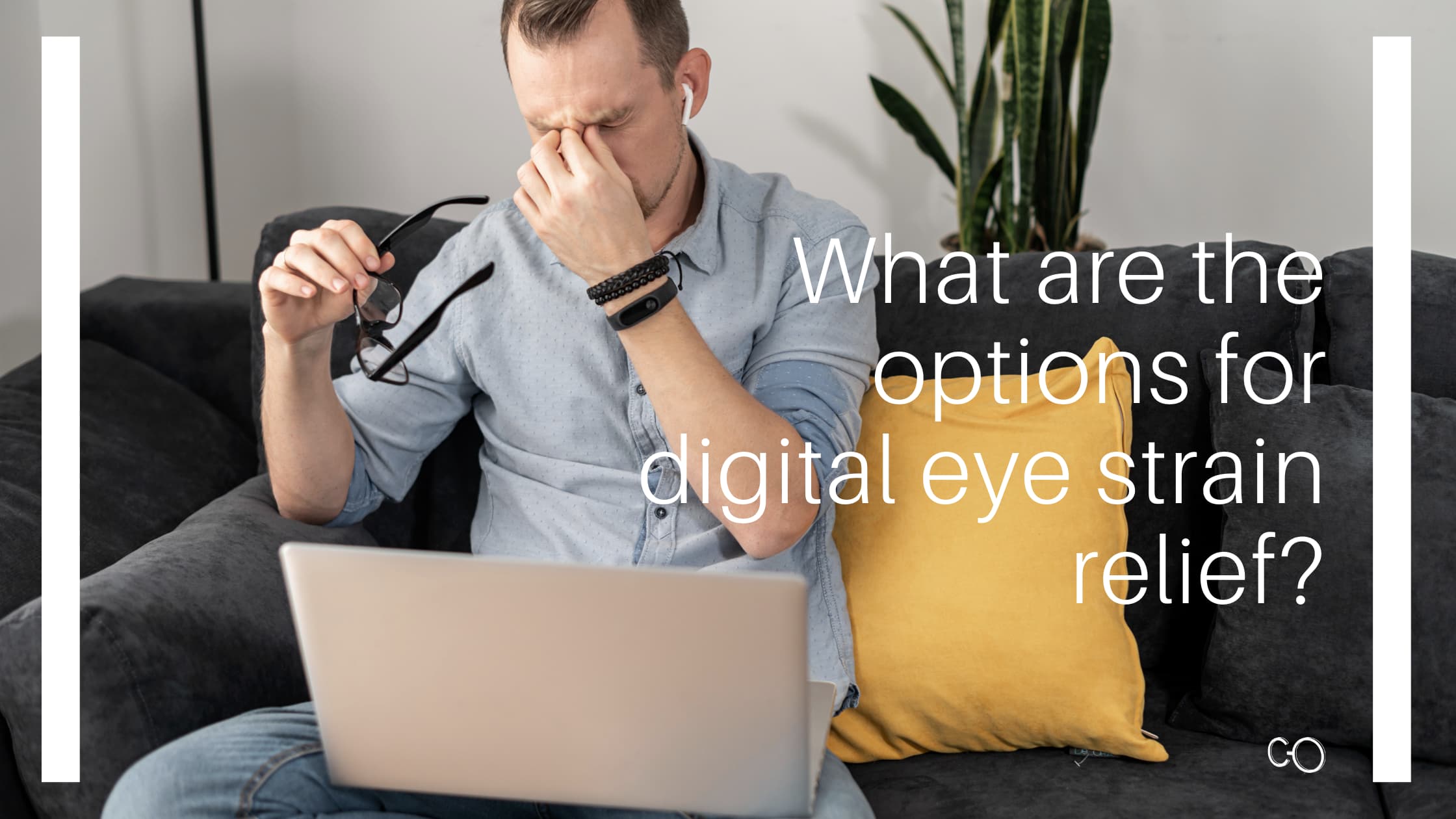Smartphone usage has pervaded daily life, facilitating a multitude of activities from communication to entertainment and navigation. However, this ubiquitous engagement with small screens has precipitated a rise in complaints of eye strain, commonly referred to as digital eye strain or computer vision syndrome. The following article delineates the nature of eye strain associated with smartphone use and offers efficacious strategies for alleviating its effects.
Digital eye strain encompasses a constellation of symptoms characterized by discomfort in the eyes, visual fatigue, and accompanying manifestations such as headaches and neck or shoulder pain. Moreover, the intensity of these symptoms can vary based on a spectrum of contributing factors, including duration of use, screen brightness, ambient lighting, and individual visual health conditions. As such, understanding both the etiology and mitigation strategies is crucial for those engaged in prolonged smartphone usage.
In the proceeding sections, we will explore the anatomical and physiological aspects of eye strain, delve into preventive approaches, and examine treatments designed to provide relief.
Understanding Eye Strain: The Physiological Basis
The primary instigator of eye strain when using smartphones stems from the convergence of the eyes. Prolonged focus on digital screens often leads to excessive accommodation and convergence, particularly in users who may not have optimal visual acuity. As the eyes are compelled to sustain a focused state, muscle fatigue occurs, resulting in discomfort. Furthermore, the blue light emitted from smartphone screens has been noted for its potential to disrupt circadian rhythms, thereby exacerbating feelings of fatigue and discomfort.
Moreover, the blink rate diminishes when engaging with screens, which can lead to dryness and irritation. A healthy blink rate is essential for maintaining ocular lubrication and comfort. Without regular blinking, the tear film begins to evaporate, culminating in dry eye symptoms, which further aggravates the discomfort associated with digital eye strain.
The Perfect Storm: Symptoms of Digital Eye Strain
Symptoms associated with smartphone-related eye strain can vary widely among individuals but commonly include:
- Dryness and Irritation: A palpable sensation of dryness is often experienced, typically accompanied by a gritty or burning feeling.
- Blurred Vision: This may occur after extended periods of screen time, as the eyes struggle to maintain clear focus.
- Headaches: Tension headaches often ensue as a result of improper posture during usage, exacerbating muscle tension in the neck and shoulders.
- Increased Sensitivity: Light sensitivity can intensify, making it uncomfortable to transition from screen to natural light.
Recognizing these symptoms early allows individuals to implement corrective strategies and thereby improve overall comfort during smartphone use.
A Multifaceted Approach to Relief: Practical Strategies
Given the prevalence of smartphone use and the inextricable link to eye strain, it is essential to adopt a comprehensive approach to alleviating symptoms. This approach encompasses modifications in behavior, environmental adjustments, and technological aids.
Diligent Breaks: The 20-20-20 Rule
A foundational strategy in combating digital eye strain is adhering to the 20-20-20 rule. This guideline stipulates that for every 20 minutes spent on a digital device, one should look away at an object 20 feet away for at least 20 seconds. This periodic diversion allows the eye muscles to relax and reduces the likelihood of developing strain.
Adjusting Screen Settings: Optimizing Comfort
Modifying screen settings can significantly reduce the strain placed on the eyes. Users are encouraged to adjust brightness levels to match ambient lighting conditions, thereby reducing glare. Moreover, employing night mode features can decrease blue light exposure, particularly in evening usage, mitigating potential disruptions to sleep patterns and visual comfort.
Ergonomics: Posture Matters
The physical arrangement of oneself during smartphone use has profound implications for overall comfort. Maintaining an upright posture, where the device is held at eye level with minimal tilt, can prevent muscle strain in the neck and shoulders. A relaxed shoulder position coupled with an ergonomic setup will facilitate prolonged use with minimal discomfort.
Hydration and Blinking: Simple Remedies
Encouraging regular hydration and being mindful of one’s blink rate are often overlooked yet effective strategies. Keeping the body hydrated promotes optimal tear production, while consciously increasing the frequency of blinking can stave off the dry eye syndrome commonly associated with screen use.
Technological Aids: The Role of Filters and Apps
Several applications and screen filters are available that can be tailored to user needs. Blue light filters can substantially reduce the strain associated with prolonged exposure to screen light. Additional software can remind users to take breaks at regular intervals, reinforcing the importance of stepping away from screens.
Therapeutic Options: When to Seek Professional Help
Should symptoms persist despite implementing self-care strategies, seeking the counsel of an eye care professional is advisable. Comprehensive eye exams may reveal underlying refractive errors requiring corrective lenses, such as anti-reflective coatings to minimize glare. Additionally, professionals may recommend customized artificial tears or specific therapies to address persistent dryness or irritation.
Psychoeducation: Enabling Awareness and Responsibility
Finally, fostering an understanding of the importance of ocular health in the face of burgeoning digital engagement is paramount. Educational initiatives that highlight the risks associated with excessive screen time and encourage preventive practices can empower users to take responsibility for their ocular well-being. Moreover, instilling a culture of mindful smartphone usage has the potential to mitigate the severity of eye strain symptoms amongst large populations.
The Conclusion: A Balanced Approach
In summary, it is incumbent upon smartphone users to recognize the implications of prolonged screen engagement and to adopt multifaceted strategies aimed at relief from eye strain. By comprehensively addressing both behavioral and environmental factors, users can significantly diminish the discomfort associated with digital eye strain. Furthermore, ongoing communication with eye care providers can refine individualized approaches to optimize ocular health amidst an increasingly digital world. Practices such as the 20-20-20 rule, effective screen adjustments, ergonomic positioning, and technological aids serve as the foundation for a balanced interplay between technology and eye health. The investment in these strategies not only enhances personal comfort but also encourages responsible smartphone usage in the long term.
